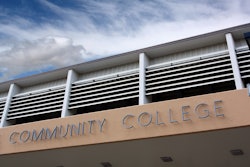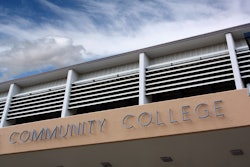The United States continues to fall behind other major nations around the world in producing highly credentialed college graduates, despite a marginal gain between 2007 and 2008, says a new report by the Lumina Foundation for Education.
The nation’s economic slump over the past two years and slow recovery could make matters worse, says a researcher associated with the report.
“A Stronger Nation Through Higher Education,” as the report is titled, repeats its call for the nation’s higher education community to step up its efforts to retain and graduate more students, asserting the nation’s economic slump provides a special “opportunity” to take bolder steps to embrace historically underrepresented population groups to produce more graduates.
“It is essential that we redouble our efforts to close gaps in college participation and attainment for a range of underrepresented populations, including students of color, low-income and first-generation students, and adults,” the Lumina report states, noting the nation’s graduation rate rose by a fraction of a percent between 2007 and 2008, the most recent years for which comprehensive data are available. Lumina’s statistical report found 37.9 percent of Americans between ages 25 and 60 held two or four-year degrees, compared with 37.7 percent for the same age group in 2007.
Lumina has poured millions of dollars into programs designed to increase college access and graduation among population groups underrepresented in higher education, particularly for adults, low-income people and racial minorities. It is the nation’s largest foundation focused exclusively on higher education. Its so-called “Big Goal Agenda” embraced in whole or part by other larger foundations and Obama administration officials, calls for all of higher education to unite behind a goal having 60 percent of all Americans holding a postsecondary degree or credential by the year 2025.
The report found graduation rates of college success for low-income citizens and minority groups “continue to lag significantly,” behind other population groups, even as (low-income citizens and minority groups) “constitute a growing share of the potential pool of students.” Lumina said it would be impossible for the nation to significantly boost graduation rates (including reaching the Big Goal) without closing the attainment gaps.
The Lumina report, which the foundation says it will update annually, is filled with state-by-state data on graduation rates and how much progress each state needs to make to help reach the Big Goal. The data is not broken down by racial or ethnic grouping. Also, it does not make specific recommendations on what it thinks states should do to boost their efforts.















